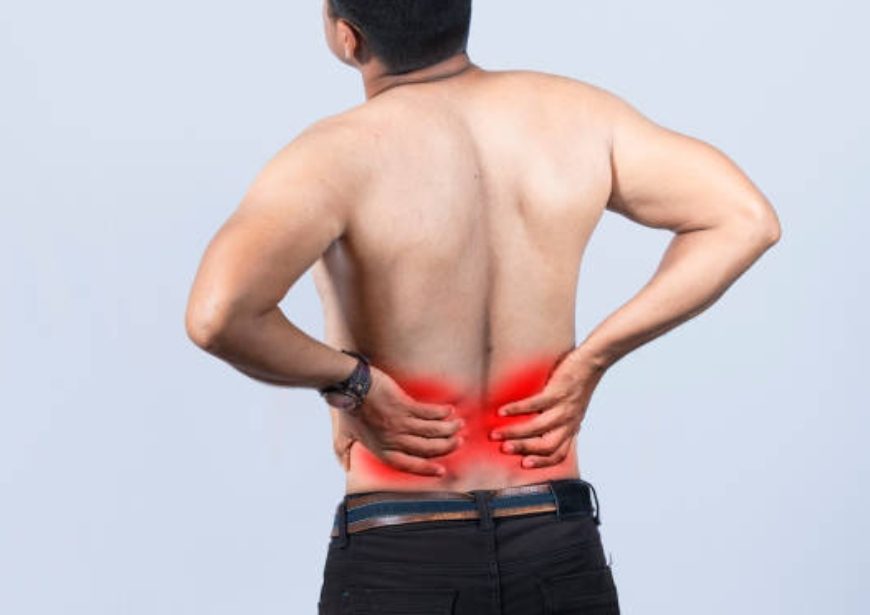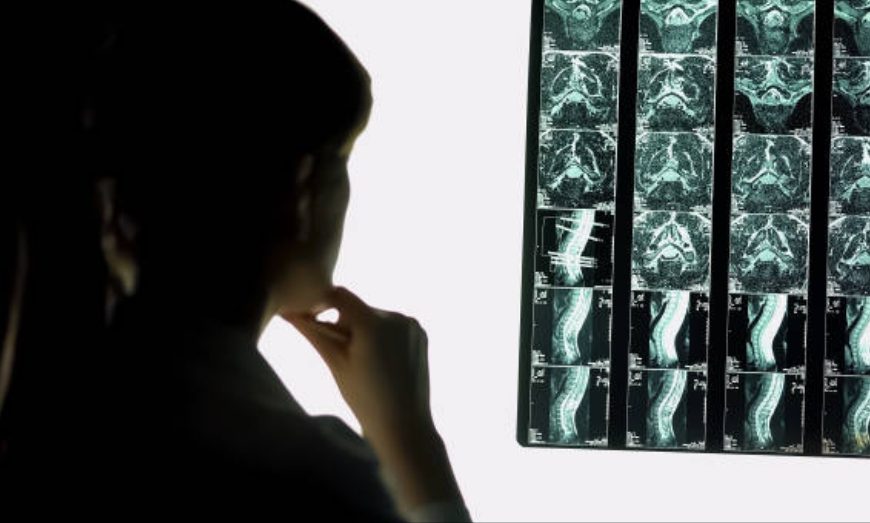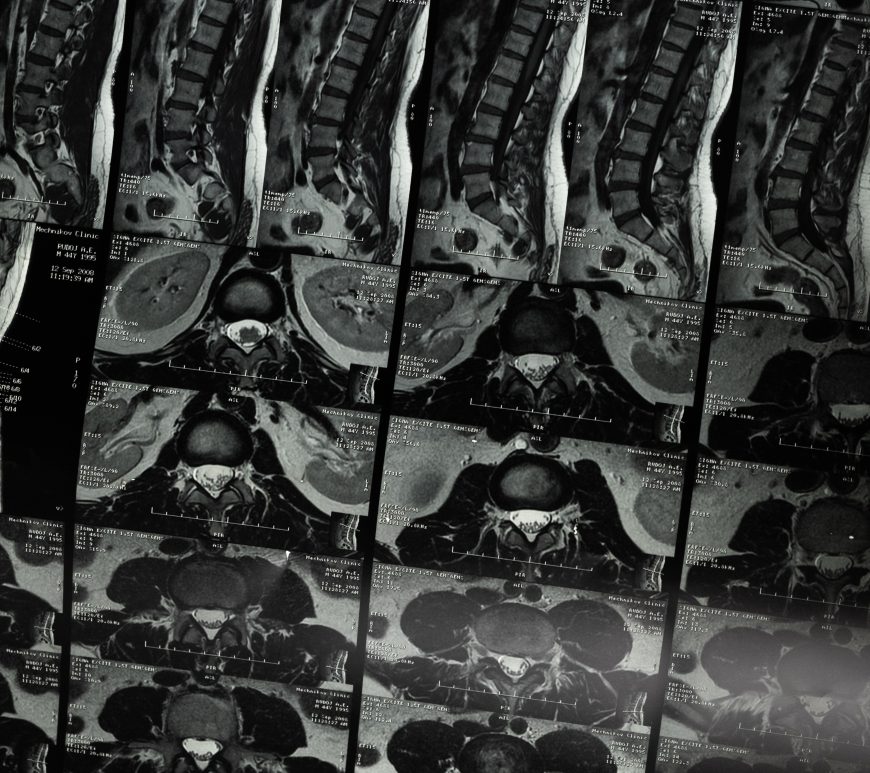
Flexion responders: when should you introduce flexion loading to your patients?
Primary care physicians frequently see patients with low back pain (LBP). To minimise excessive lumbar flexion, societal attempts to reduce LBP have resulted in more upright work settings. Mechanical Diagnosis and Therapy has proven to be reliable among well-trained MDT doctors (Deutscher D, et al. 2014; Kilpikoski S, et al. 2002) and can decrease patient visits while increasing clinical and functional results (Deutscher D, et … Continue reading Flexion responders: when should you introduce flexion loading to your patients?


